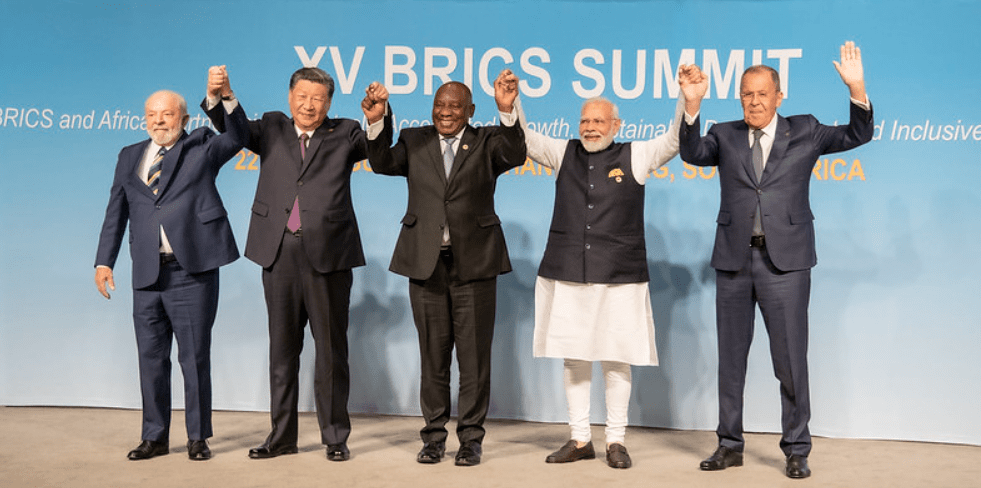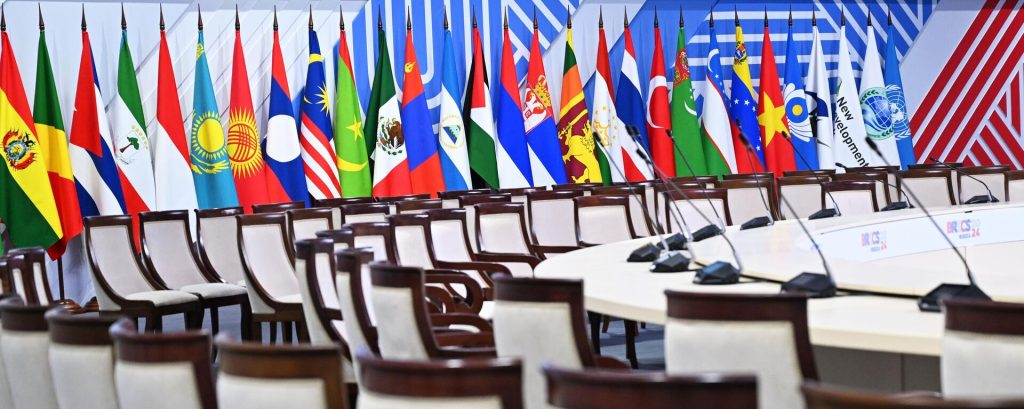In a significant move for global economic alliances, nine countries will officially join BRICS as partner states in January 2025. The nations—Belarus, Bolivia, Indonesia, Kazakhstan, Cuba, Malaysia, Thailand, Uganda, and Uzbekistan—will enter the coalition under this new category, expanding BRICS’ reach and influence.
Russian presidential aide Yuri Ushakov highlighted that these nations expressed keen interest in attaining partner status, signaling BRICS’ growing appeal.
However, while partner states can propose initiatives, they will not participate in the approval of official documents or voting processes.
The decision aligns with the framework endorsed during the XVI BRICS Summit in Kazan, Russia, where the bloc laid the groundwork for partner country status, inviting several nations to deepen their cooperation with BRICS.
BRICS: A Growing Power Bloc


BRICS—comprising Brazil, Russia, India, China, and South Africa—stands as a coalition of emerging economies aiming to reshape global governance and economic frameworks.
Founded in 2009, the group was formed out of the belief that existing international institutions disproportionately reflect Western interests. By fostering economic and diplomatic collaboration, BRICS seeks to challenge the dominance of Western-led organizations like the World Bank and the G7.
The bloc’s strategic priorities include boosting trade, reducing reliance on the U.S. dollar, and creating financial structures that serve developing nations. Over the years, BRICS has evolved from an informal grouping into a key player advocating for the interests of the Global South.
New Dynamics and Expansion


The upcoming expansion builds on BRICS’ previous growth. At the 2023 BRICS summit, six new nations—Argentina, Egypt, Ethiopia, Iran, Saudi Arabia, and the UAE—were invited to join, reflecting the bloc’s increasing appeal.
This latest addition of nine partner countries further strengthens BRICS’ foothold across diverse regions, from Latin America to Southeast Asia and Africa.
However, the expansion process has not been without its complications. According to reports, Saudi Arabia, initially poised to become a full BRICS member, has halted its accession.
This decision, reportedly linked to U.S. President-elect Donald Trump’s threats of 100% tariffs on BRICS members if they pursue an independent currency, underscores the geopolitical sensitivities surrounding BRICS’ growth.
Strategic Goals of BRICS


At its core, BRICS operates to advance the interests of developing economies by reforming global governance structures and creating alternatives to Western-dominated financial institutions. Key objectives include:
• Enhancing Representation: BRICS advocates for greater influence for emerging economies in international bodies such as the UN Security Council. The group seeks to present a united front on pressing global issues, including conflicts in Gaza, Syria, and Libya.
• Economic Coordination: Since the 2008 global recession, BRICS has emphasized coordinated economic policies, including trade regulations and investment strategies.
• De-Dollarization: Amid increasing sanctions risks, BRICS leaders have promoted trading in local currencies and reducing dependence on the U.S. dollar.
• Alternative Financial Systems: The establishment of the New Development Bank (NDB) and the Contingent Reserve Arrangement (CRA) exemplifies BRICS’ efforts to build a parallel financial ecosystem, aiming to offer developing countries more favorable lending terms.
The Road Ahead
With Russia currently presiding over BRICS, the bloc is set to continue its expansion efforts. Ushakov indicated that Moscow is awaiting responses from four additional countries interested in joining.
As the January 2025 partner country integration approaches, BRICS’ evolving structure signals a shift in global economic power dynamics—one that could reshape the international order in the years to come.
WE ALSO SAID: Don’t Miss… Balancing Economic Strain and Potential: IMF Sees 4% Growth in MENA by 2025



